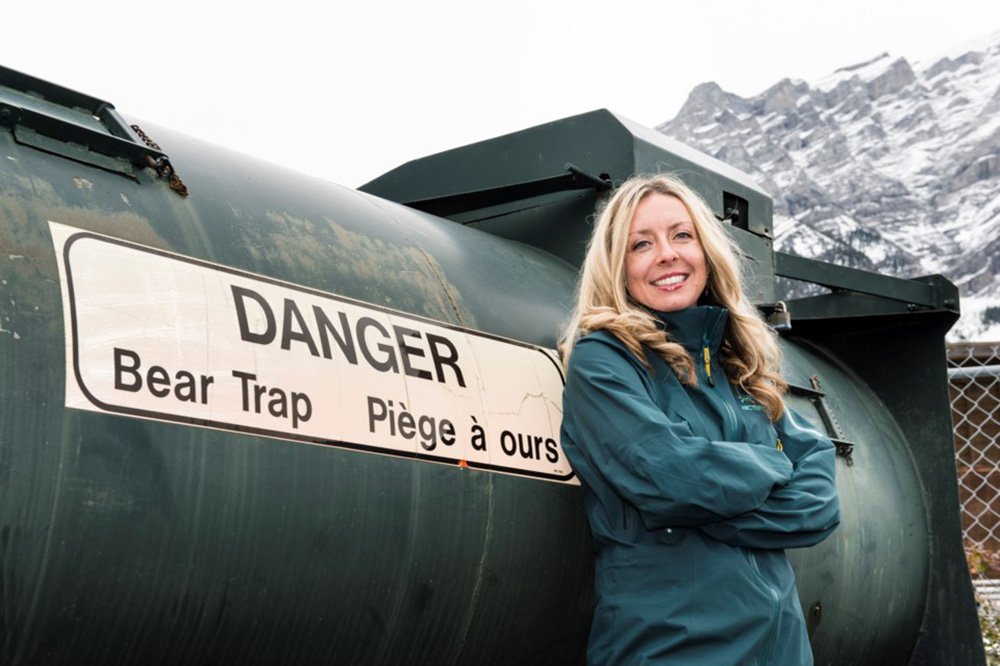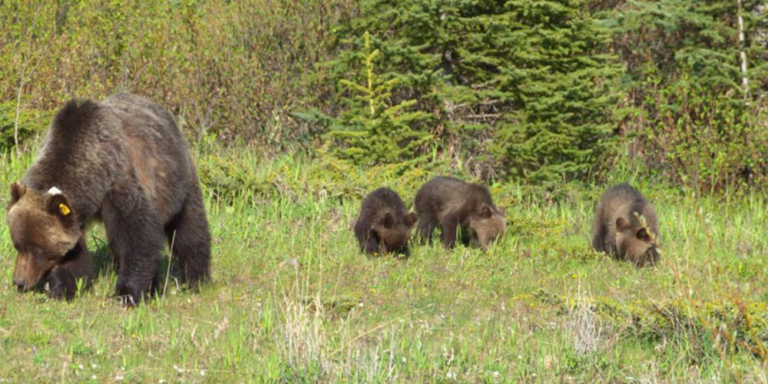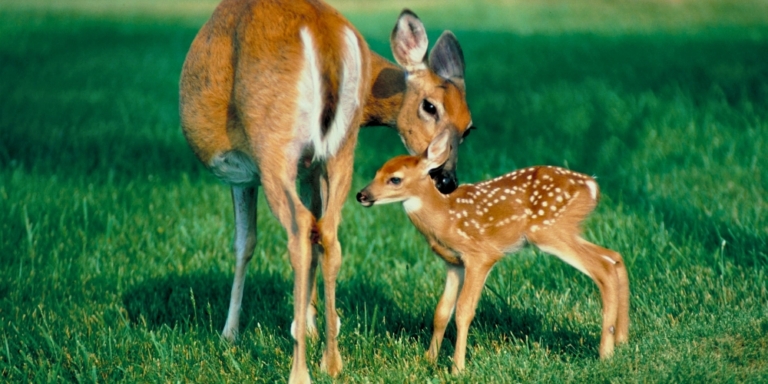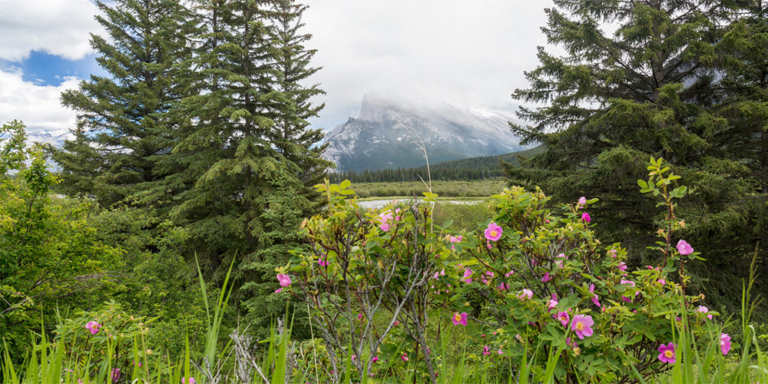There are nearly 70 bears in Banff National Park, but one bear rules the rest: bear No. 122, better known as “The Boss.”
The legendary grizzly bear weighing over 650 pounds was spotted leaving his winter den on March 18, marking spring and bear season.
The Boss was the first grizzly bear sighting in Banff National Park this year, which isn’t unusual. Large adult male bears are often the first to leave their dens.
The Boss is no different. He is usually the last bear to enter the den for winter and the first to come out when spring starts.


The Boss is also the patriarch of the Bow Valley grizzly population, which refers to the male head of a family or tribe.
He is likley the father to over 70 percent of the cubs in Banff National Park.
There’s no doubt The Boss runs the show.
But the intimidating grizzly’s nickname isn’t just based on his role as patriarch.


In 2013, a group of hikers witnessed the grizzly sight of The Boss eating the carcass of a black bear.
In another incident, tracking data revealed that The Boss was struck by a train but walked away unscathed and unbothered.
The Boss doesn’t fear trains. Trains fear him.
The grizzled grizzly has a massive home range of 2,500 square kilometres and is estimated to be over 20 years old.
There is no grizzly better suited for the title of The Boss, although bear No. 136, also known as “Split Lip,” gives The Boss a run for his money.
Split Lip gets his nickname from his disfigured face. He is roughly the same age as The Boss and has an intense mating rivalry with the patriarch.
Like a couple of high school jocks, their mating rivalry forced the closure of Vermilion Lakes Road one year.
Stay Out Of Their Way!
Mating rivalries are one of many reasons to stay out of bear territory during bear season.
When bears emerge from hibernation, they are hungry and desperate for food.
Bears will spend the spring searching far and wide for food, often leading to more bear sightings and unwanted human-wildlife encounters.
A warming climate and human development also impact bears not just in Alberta but around the world.
“Climate change is absolutely having impacts on like when and where bears are. It may impact for sure where they go,” Kim Titchener, president of Bear Safety & More Inc., told the St. Albert Gazette.
“It is directly related to human population and our growth rates. As there’s more humans on the landscape, there’s going to be more attacks on the landscape,” Titchener continued.


Female bears with cubs are also more active during the spring, leading to dangerous encounters where people accidentally or deliberately approach a bear cub.
A female bear will do anything to protect her cubs.
If you stumble across a bear cub, always assume the mother is nearby, even if you can’t see her.
Bears will also become aggressive if you threaten their food.
Bears spend a few days eating their kill by storing the carcass in the woods.
If you spot a bear kill, leave immediately and report it to your local wildlife authority.
Spring is one of the most dangerous seasons for bear attacks. However, it is important to remember that bears do not actively hunt people.
According to the National Park Service, most bear attacks in North America result from bears protecting their food or cubs.
The best way to protect ourselves during the bear season is to brush up on our bear safety.
“Visitors and residents are reminded to be alert and show wildlife respect while recreating in Banff National Park. Wildlife encounters can happen at any time in Banff National Park,” said Parks Canada’s Public Relations and Communications Officer Cassandra Smyth.
Hiking in groups, making lots of noise, and staying on official trails are just a few ways to reduce the likelihood of a bear encounter.
And if you’re lucky, you may get the privilege of seeing The Boss safely from a distance the next time you visit Banff National Park.








